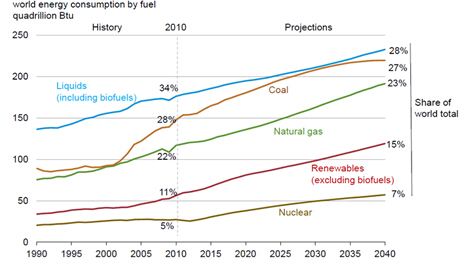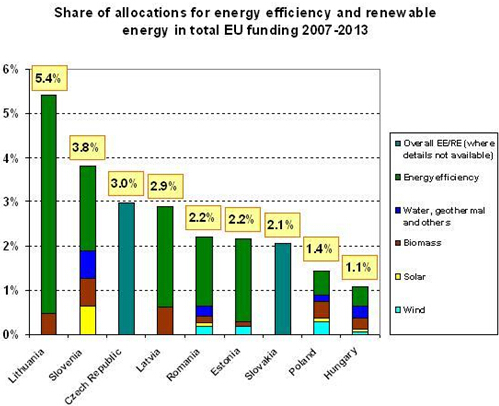
Biomass Energy's Market in the Future
Traditional Biomass Energy and Modern Biomass Energy
Biomass energy is one of the basic ingredients for sustainable development all over the world. Biomass materials are able to supply the energy we need for indefinite periods of time polluting far less overall than fossil or nuclear fuels. As we all know, biomass energy has many advantages, such as: enhancing the diversity of energy source supply, reducing the local and global atmospheric emissions, and contributing to the environmental protection.
For biomass energy, in developing countries, renewable (and waste) share is much higher than that in developed countries. In a simple analysis, it would seem that developing countries were in a better situation than OECD ones regarding renewable energy supply. But, the concept of “renewable” includes large shares of biomass. Thus we can only include biomass if it is the so-called “modern biomass”.
The so-called “modern biomass” refers to the biomass that is produced in a sustainable way and excludes traditional uses of biomass as fuel wood and includes electricity generation and heat production, as well as transportation fuels, from agricultural and forest residues and solid waste. While the “traditional biomass’’ is produced in an unsustainable way and used as a non-commercial source, usually with very low efficiency for cooking in many countries.
However, biomass energy in many figures and statistics usually include both traditional and modern biomass.
Biomass Energy's Market in the Future
Many causal analyses suggest that biomass energy markets are projected to grow strongly in the coming decade and beyond. Energy policy will remain an important factor to influence the future development of bioenergy markets. In particular, analysis like REN-21’s latest Global Financial Report (GFR), highlights a range of future policies to support renewable heating and cooling in buildings as well those addressing the integration of variable output renewable. Measures include the possible development of new market rules for balancing services, demand response and other grid reliability services, which would favor the development of controllable thermal generation, such as biomass.

Biomass energy is the main key source for the use of renewable energy in industrial applications. Though biomass energy is most often seen in applications where there is both a ready stream of processing waste materials and a large demand for heat and process steam, such as bagasse from sugar mills or wood residues from the pulp and paper industries. There is evidence that technological developments are set to expand the use of bioenergy in industrial settings. As a result, the IEA’s 2012 World Energy Outlook, for example, projects that, by 2035, bioenergy use for heating could grow by more than 60 percent.

Biomass energy is the main key source for the use of renewable energy in industrial applications. Though biomass energy is most often seen in applications where there is both a ready stream of processing waste materials and a large demand for heat and process steam, such as bagasse from sugar mills or wood residues from the pulp and paper industries. There is evidence that technological developments are set to expand the use of bioenergy in industrial settings. As a result, the IEA’s 2012 World Energy Outlook, for example, projects that, by 2035, bioenergy use for heating could grow by more than 60 percent.
Biomass Pellets Market
As it is known to all, more and more people make biomass pellets nowadays. Biomass pellets have many obvious advantages compared with the traditional fuels like gas and oil, such as renewable and environmental friendly. Biomass pellets have wide application all over the world. The Europe Union is by far the biggest pellets consumer in the world, consuming about 15 million tonnes in 2012. According the latest available figures from AEBIOM, the European biomass energy association, biomass accounted for 8.4 percent of the total final energy consumption in Europe in 2011. And in some Baltic countries like Estonia, Latvia, Finland and Sweden, the figure is over 25%. The trade group adds that Europe Union pellets consumption for heating has grown by over one million tonnes per year since 2010.

Looking forward, in a recent AEBIOM forecast scenario, in 2020 the overall share of renewable energy in Europe will have reached 20.7 percent, with biomass, including transport, covering 56.5 percent of total energy. Not only in Europe but also all over the world, the biomass energy is becoming more and more popular and contributing more to the environment and economic development.

Looking forward, in a recent AEBIOM forecast scenario, in 2020 the overall share of renewable energy in Europe will have reached 20.7 percent, with biomass, including transport, covering 56.5 percent of total energy. Not only in Europe but also all over the world, the biomass energy is becoming more and more popular and contributing more to the environment and economic development.



